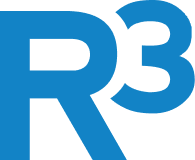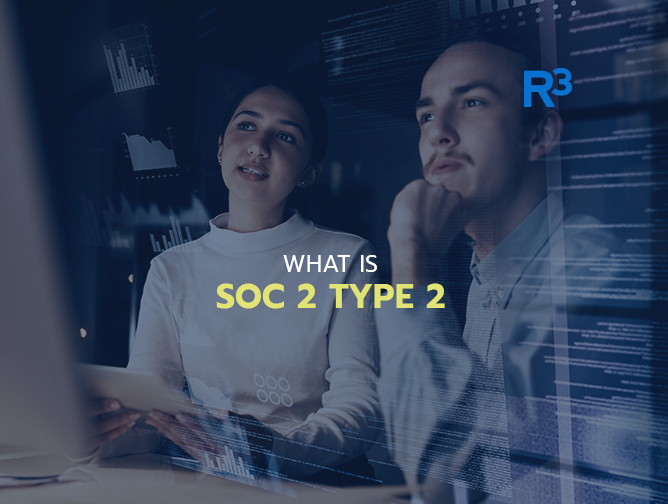As technology continues to advance, organizations must ensure that their systems and processes are secure and reliable. SOC 2 Type 2 certification is a critical component of achieving this goal. SOC 2 Type 2 is a security audit framework developed by the American Institute of Certified Public Accountants (AICPA) that helps organizations evaluate and monitor the effectiveness of their internal controls.
In this blog post, we will explore SOC 2 Type 2 certification, its importance, benefits, and how IT MSPs can help organizations achieve and maintain SOC 2 Type 2 certification.
What is SOC 2 Type 2?
SOC 2 Type 2 is a security audit framework that is designed to evaluate the effectiveness of an organization’s internal controls over a period of time. It is one of several types of Service Organization Control (SOC) reports issued by the AICPA.
SOC 2 Type 2 reports provide detailed information on an organization’s controls related to security, availability, processing integrity, confidentiality, and privacy. These controls are evaluated by an independent auditor who issues a report on the effectiveness of the controls.
SOC 2 Type 2 reports provide assurance to customers, business partners, and other stakeholders that an organization has implemented effective controls to protect sensitive data and ensure the reliability of its systems and processes.’
Why is SOC 2 Type 2 important?
SOC 2 Type 2 certification is important for several reasons:
- Compliance: Many organizations are required to comply with regulatory requirements that mandate the use of specific security frameworks such as SOC 2 Type 2. SOC 2 Type 2 certification helps organizations demonstrate compliance with these requirements.
- Customer trust: SOC 2 Type 2 certification provides customers with assurance that an organization has implemented effective controls to protect their sensitive data.
- Competitive advantage: SOC 2 Type 2 certification can be a competitive differentiator for organizations, particularly in industries where security and reliability are critical factors.
- Risk management: SOC 2 Type 2 certification helps organizations identify and mitigate risks related to the security and reliability of their systems and processes.
Which companies need SOC 2 Type 2 certification?
SOC 2 Type 2 certification is relevant for any organization that stores, processes, or transmits sensitive data. This includes organizations in a variety of industries, such as healthcare, finance, technology, and retail.
Additionally, SOC 2 Type 2 certification may be required by regulatory bodies or contractual obligations. For example, healthcare organizations that handle electronic protected health information (ePHI) are required to comply with the Health Insurance Portability and Accountability Act (HIPAA) Security Rule, which mandates the use of specific security frameworks such as SOC 2 Type 2.
Elements of achieving and maintaining SOC 2 Type 2 certification
Achieving and maintaining SOC 2 Type 2 certification involves several elements. These elements include:
- Defining the scope: The first step in achieving SOC 2 Type 2 certification is to define the scope of the audit. This includes identifying the systems and processes that are in scope and the specific controls that will be evaluated.
- Conducting a risk assessment: Once the scope has been defined, the organization must conduct a risk assessment to identify potential risks related to the security and reliability of its systems and processes.
- Developing controls: Based on the results of the risk assessment, the organization must develop controls to mitigate identified risks. These controls should be designed to meet the criteria outlined in the SOC 2 Type 2 framework.
- Implementation: Once the controls have been developed, the organization must implement them across its systems and processes. This may involve updating policies and procedures, configuring systems, and training employees.
- Testing: After the controls have been implemented, the organization must test them to ensure they are effective in mitigating identified risks. Testing may include automated and manual testing, vulnerability assessments, and penetration testing.
- Audit: After the controls have been tested, the organization must undergo an audit by an independent auditor. The auditor will evaluate the effectiveness of the controls and issue a report on the organization’s compliance with the SOC 2 Type 2 framework.
- Continuous monitoring and improvement: Achieving SOC 2 Type 2 certification is not a one-time event. Organizations must continuously monitor their systems and processes to ensure ongoing compliance with the SOC 2 Type 2 framework. This may involve periodic reviews of policies and procedures, testing of controls, and updates to the risk assessment.
How an IT MSP can help with SOC 2 Type 2 certification
IT Managed Service Providers (MSPs) can play a crucial role in helping organizations achieve and maintain SOC 2 Type 2 certification. Here are some ways an MSP can help:
- Define the scope: An MSP can help organizations define the scope of the audit by identifying the systems and processes that are in scope and the specific controls that will be evaluated.
- Conduct risk assessments: MSPs can help organizations conduct risk assessments by identifying potential risks related to the security and reliability of their systems and processes.
- Develop controls: MSPs can help organizations develop controls to mitigate identified risks. These controls should be designed to meet the criteria outlined in the SOC 2 Type 2 framework.
- Implementation: MSPs can assist with implementing controls across an organization’s systems and processes. This may involve updating policies and procedures, configuring systems, and training employees.
- Testing: MSPs can help organizations test their controls to ensure they are effective in mitigating identified risks. Testing may include automated and manual testing, vulnerability assessments, and penetration testing.
- Audit preparation: MSPs can assist with preparing for the audit by ensuring all necessary documentation is in order and helping to coordinate with the auditor.
- Continuous monitoring and improvement: MSPs can help organizations continuously monitor their systems and processes to ensure ongoing compliance with the SOC 2 Type 2 framework. This may involve periodic reviews of policies and procedures, testing of controls, and updates to the risk assessment.
SOC 2 Type 2 certification is a critical component of ensuring the security and reliability of an organization’s systems and processes. Achieving and maintaining SOC 2 Type 2 certification involves several elements, including defining the scope, conducting risk assessments, developing controls, implementation, testing, audit, and continuous monitoring and improvement.
IT Managed Service Providers can play a crucial role in helping organizations achieve and maintain SOC 2 Type 2 certification. By working with an MSP, organizations can ensure that they have the expertise and resources necessary to implement effective controls and achieve compliance with the SOC 2 Type 2 framework.


